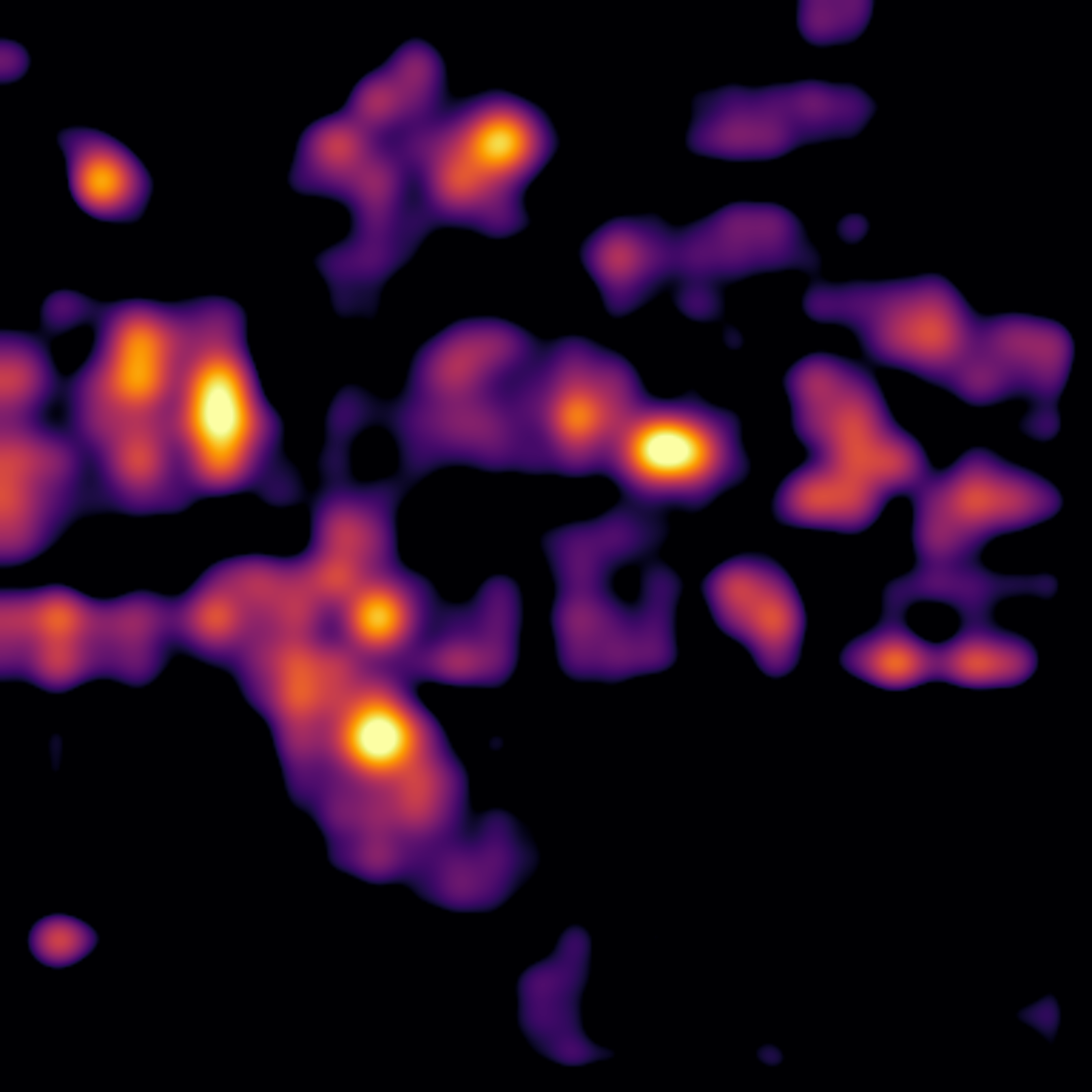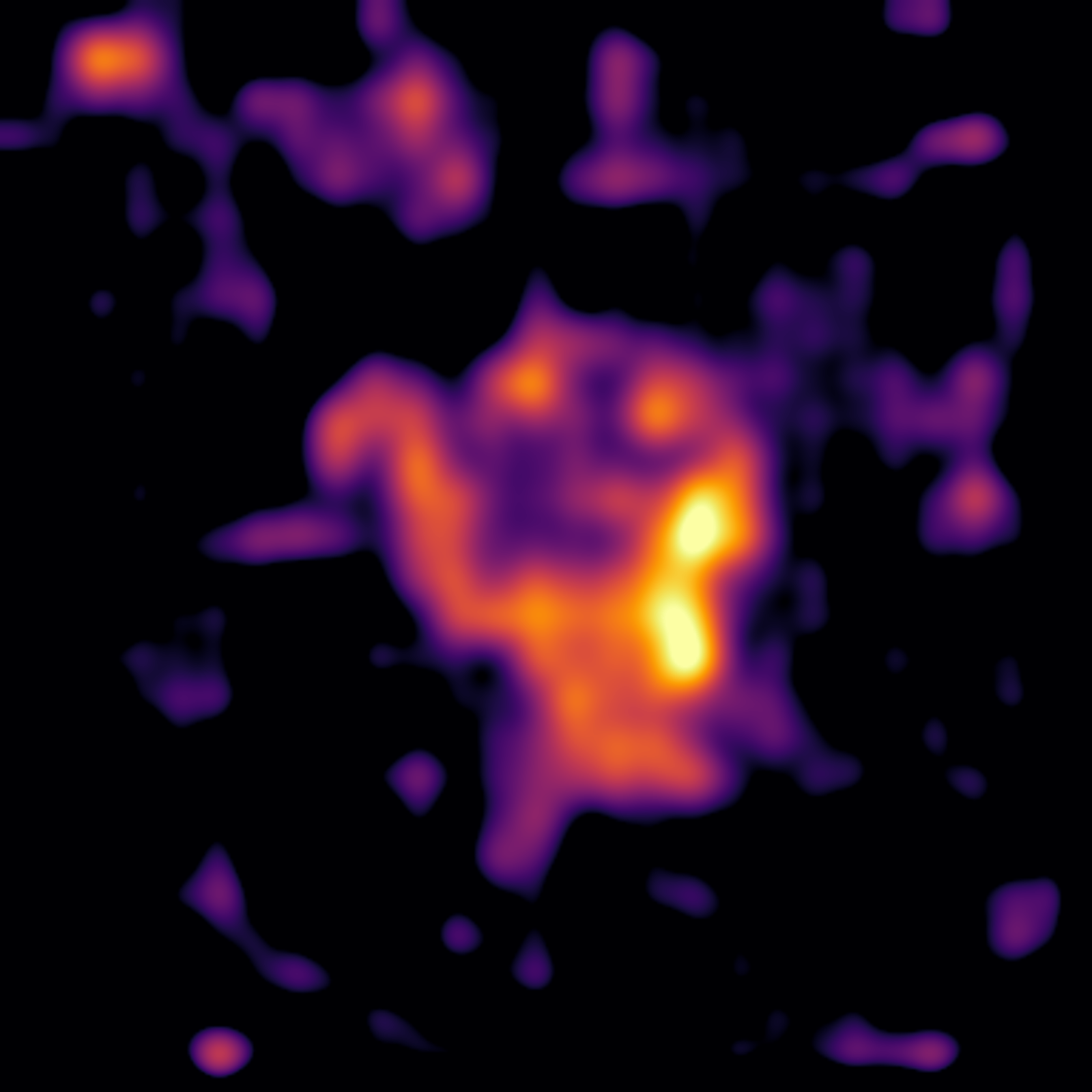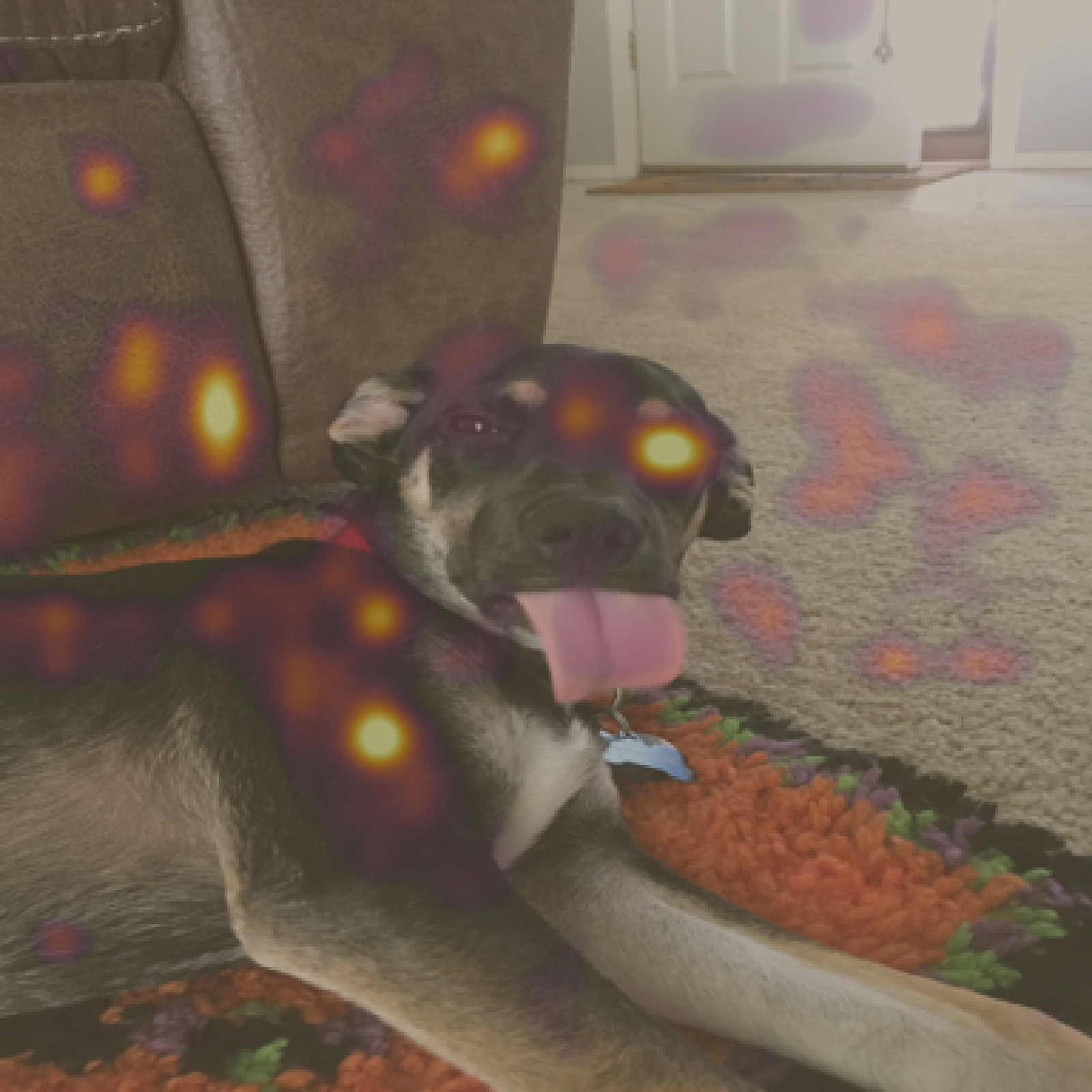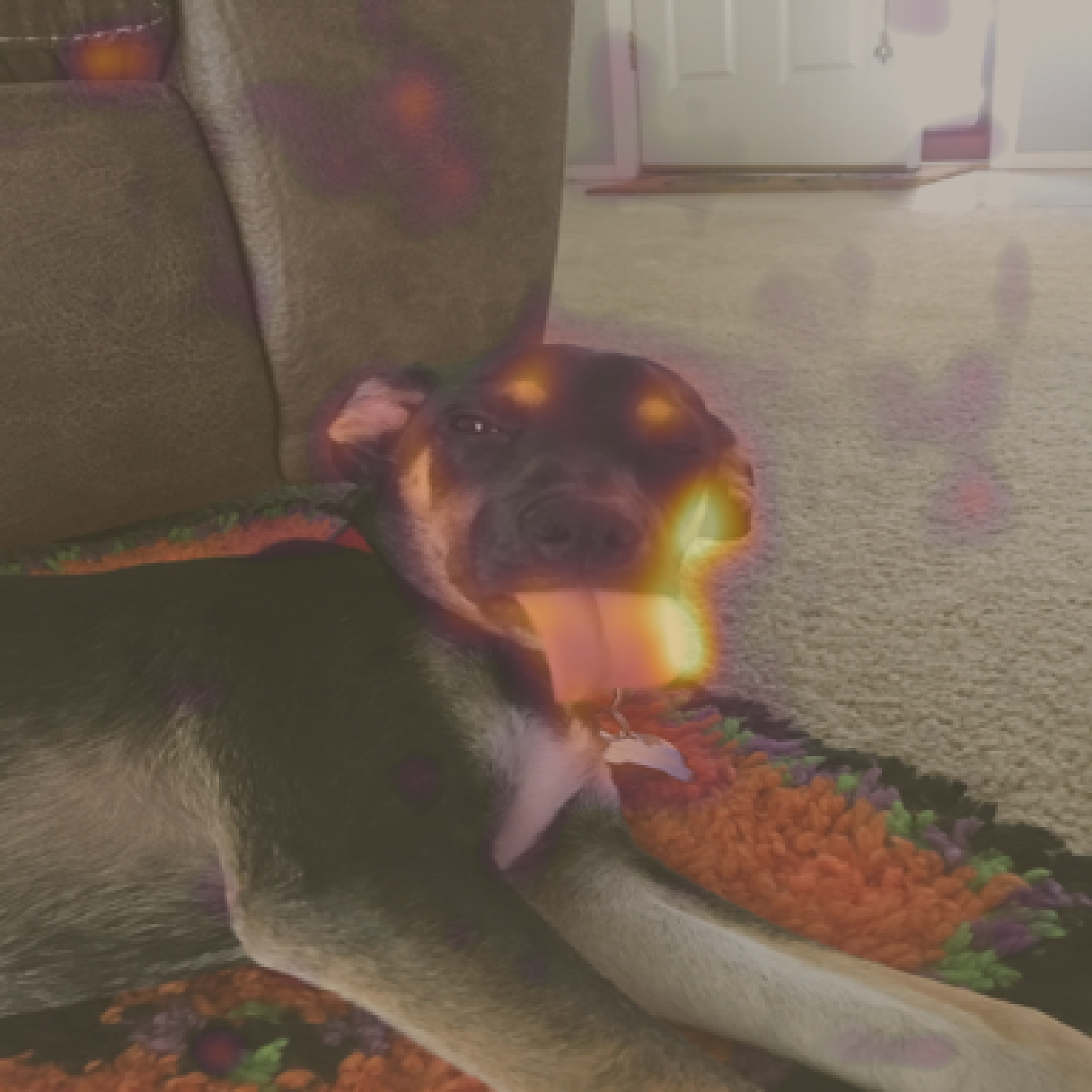Interpretable Emotional Intelligence (Pt. 2)
Introduction
In the previous post we learned how to extract visual and semantic features from images using SigLIP, and use this information to query a database of images based on their content.
In this post we will learn how to use SigLIP to create heatmaps, and evaluate our trained sparse autoencoder against existing classification methods.
Heatmaps
We can also use SigLIP to isolate what components of an image trigger a feature by creating a heatmap. Heatmaps aid in interpreting the model’s behavior and also serve as a kind of segmentation.
To create a heatmap for a given feature, we compute the gradient of the feature with respect to the input image. This is a common technique in computer vision called “saliency mapping”.
The saliency map is computed as follows:
- \[\begin{align*} &\text{Given: } x \in \mathbb{R}^{C \times H \times W},\quad \sigma > 0,\quad n \in \mathbb{N} \\ & G \leftarrow 0 \\ &\textbf{for } i = 1, \dots, n \textbf{ do} \\ &\quad \epsilon_i \sim \mathcal{N}(0, I) \\ &\quad \tilde{x}_i \leftarrow x + \sigma\epsilon_i\mathrm{std}(x) \\ &\quad g_i \leftarrow \frac{1}{C} \sum_{c=1}^{C} \bigl| \nabla_{\tilde{x}_i^{(c)}} f(\tilde{x}_i) \bigr| \\ &\quad G \leftarrow G + g_i \\ &\textbf{end for} \\ &S \leftarrow \frac{1}{n} G \end{align*}\]
-
G = torch.zeros_like(base[0]) # [H, W] for _ in range(n): noise = torch.randn_like(base) * sigma * base.std() x_noised = x + noise x_noised.requires_grad_(True) y = forward(x_noised) # simpler than score.backward() g, = torch.autograd.grad(y, x_noised, create_graph=False) G += g.abs().mean(dim=1) sal = G / n
This implementation also smooths the gradient by averaging over multiple noisy samples 12. Here is a comparison with and without smoothing:
| Raw Gradient | Smoothed Gradient |
|---|---|
 |  |
 |  |
Evaluation
We will evaluate our trained sparse autoencoder against existing classification methods.
-
See SmoothGrad. While effective, it is expensive to compute the gradient multiple times. ↩
-
Gradients are noisy but so is attention. This substack post explains how ViT models sometimes stick global information in background patches, which can be resolved by adding CLS token “registers” during training. ↩